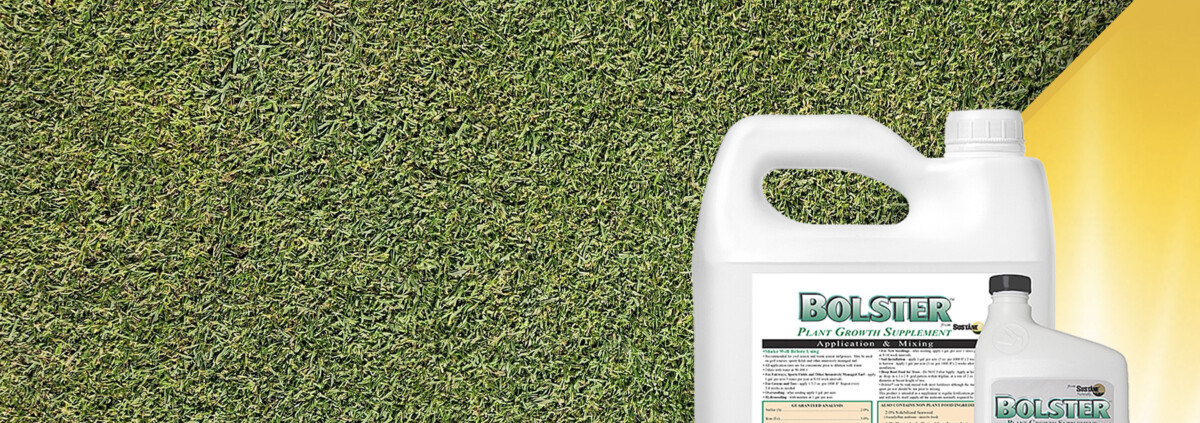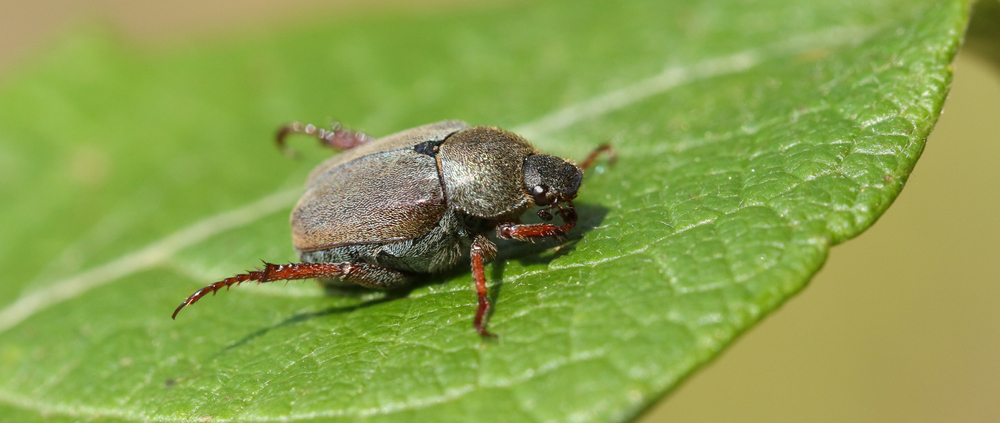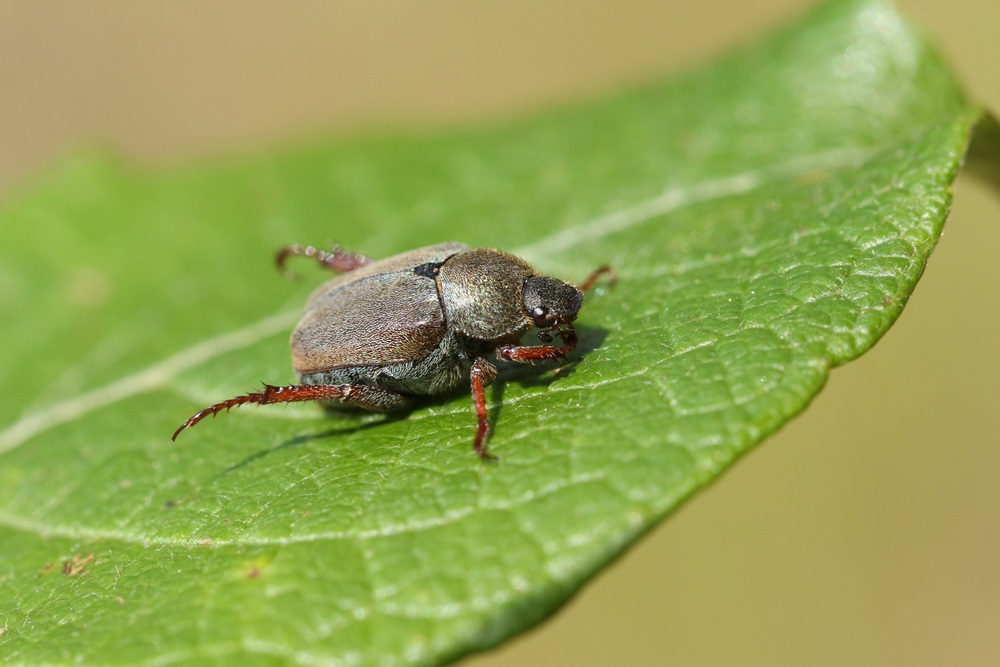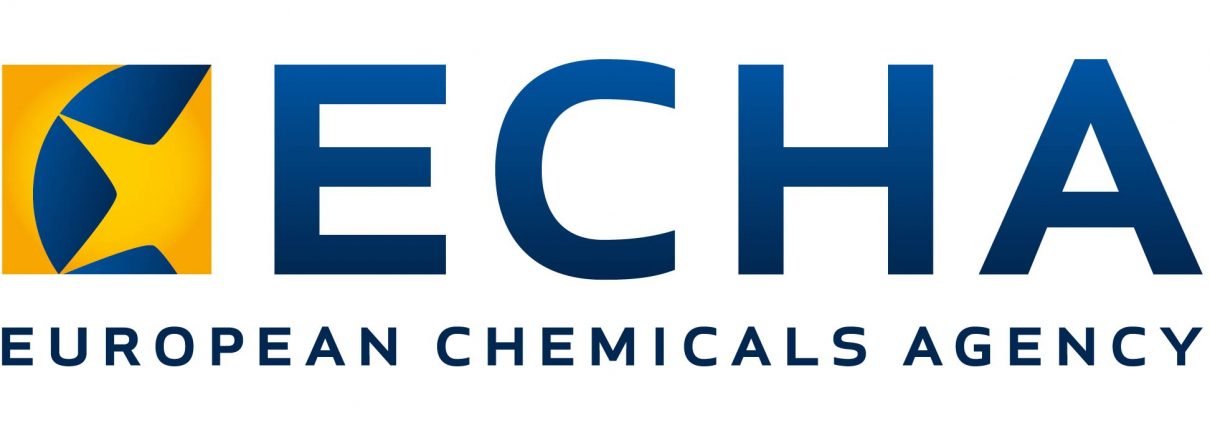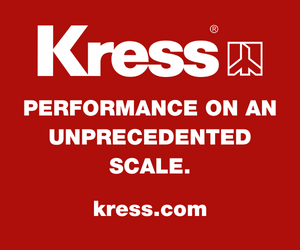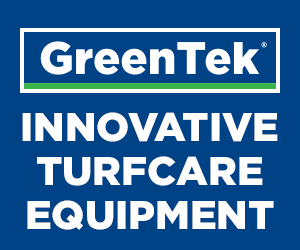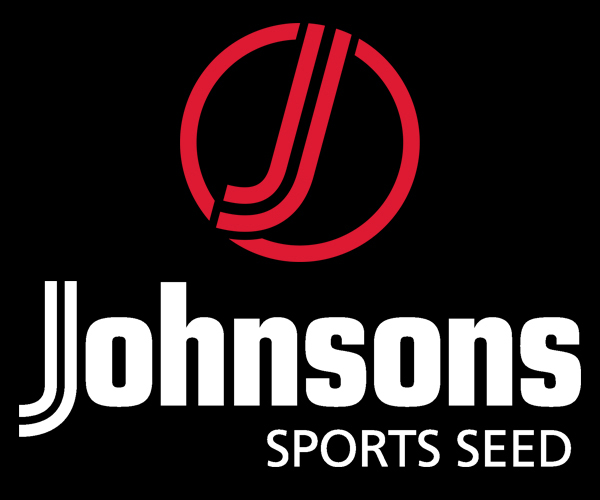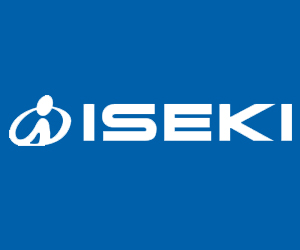BOLSTER® your turf against stress with Suståne
BOLSTER® your turf against stress with Suståne: After emerging from one of the wettest winters on record, many turf managers across the sporting spectrum are now catching-up with both the mechanical maintenance and nutritional needs of their playing surfaces.
To cope with this intensive intervention and/or periods of plant stress, Suståne’s BOLSTER® Liquid Biostimulant has proven to be one of the most effective growth supplements on the market – its balanced blend of ingredients minimising the impact of poor-quality soils, adverse temperatures, parasitic nematodes and drought.

BOLSTER® your turf against stress with Suståne
Formulated with 5% Iron Chelate, 4% Humic Acid and 2% Seaweed Extract, BOLSTER® increases plant vigour in sub-optimal conditions by reducing the effect of stress factors. In extensive research and field trials conducted by the Virginia Polytechnic Institute, BOLSTER® was found to significantly increase root mass and depth, accelerate chlorophyll production, improve moisture retention and reduce wilting. In addition, it boosted the plants natural tolerance to certain diseases and plant parasitic nematodes such as Root Knot and Lance nematode infected turfgrass, through the trial period conducted in Virginia.
BOLSTER® is suitable for applications on the golf course, winter sports pitches and other intensively managed turf areas and can be an effective partner to overseeding operations, with significant improvements to seedling and turf establishment noted as a result. It also contributes to optimised growth in low light conditions.
One club to discover the benefits of BOLSTER® Liquid are Brighton and Hove Golf Club, who explain that the biostimulant has become a staple in their greenkeeping arsenal. “We’ve used Suståne’s BOLSTER® Liquid here for the last seven years” explains Course Manager Jason Sarna. “It’s a great product for seeing us through high pressure periods, protecting the plant from abiotic stress caused by cultural practices, heat and drought stress and through the winter months when daylight hours are reduced.”
“We use the BOLSTER® Liquid as part of our root drench application mixed with either wetting agent or aminos, for increased soil and plant health. Since implementing BOLSTER® as part of our nutritional programme, we have noticed a definite increase in plant health and rooting, and the colour response after application is a fantastic added bonus!”
BOLSTER® is best applied monthly at a rate of 9.46L per Ha in 300-800L water depending on the application target area. It can be applied flexibly as part of a foliar spray mixed with PGR, or in a root drench spray mixed with a chosen wetting agent.
For the latest industry news visit turfmatters.co.uk/news
Get all of the big headlines, pictures, opinions and videos on stories that matter to you.
Follow us on Twitter and Instagram for fun, fresh and engaging content.
You can also find us on Facebook for more of your must-see news, features, videos and pictures from Turf Matters.

